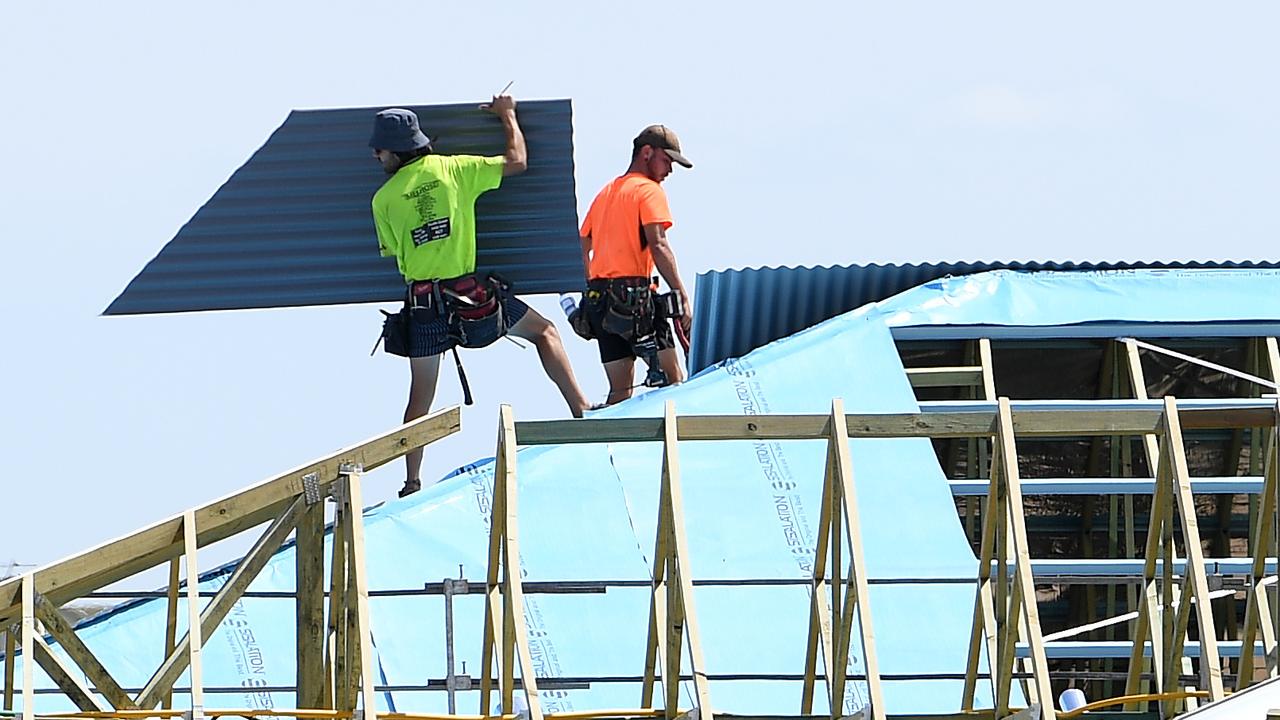Northwest has been left on the shelf in terms of defence
REGULAR readers of this column will know that last year I got a bee in my bonnet about the need to rethink Australia's northwest.

REGULAR readers of this column will know that last year I got a bee in my bonnet about the need to rethink Australia's northwest.
I argued that consideration of military establishments across the continent reveals a gaping hole in the Pilbara and the Kimberley. We have Lavarack Barracks in Townsville to protect the northeast (and possibly a hangover from the threat imposed by the Battle of the Coral Sea) and Robertson Barracks in Darwin to protect the top end and which was beefed up during the Timor Crisis. And then we have nothing on the coast all the way around to Perth.
And the reason why we've never established a full-scale military presence in the northwest is because we have always thought "there's nothing there". Well, that may have been the case for much of the 20th century, but in the first decade of the 21st century we have come to realise the strategic value of the oil and gasfields now being developed at Gorgon, Pluto and the Browse Basin. I even went so far as to include this issue of defending strategic assets in the Pilbara as a chapter in my new book (The Big Tilt).
And so it is against this background that I was particularly gratified by the announcement last week by Defence Minister Stephen Smith of a so-called force posture review, the first of its kind since the Vietnam conflict.
"Force posture" refers to the strategic distribution of military assets relative to critical infrastructure and population centres. There has been no significant change in Australia's population distribution in the past 50 years (the eastern seaboard still dominates), but there has been a dramatic shift in the location of strategic assets, and this of itself warrants a military response.
In the late 1960s, when Esso-BHP began developing oilfields in Bass Strait, Victoria's RAAF base was relocated from Laverton on Melbourne's western edge (and which is now a housing development) to Sale in Gippsland, between the new oilfields and existing power stations.
It makes sense to put military hardware close to infrastructure that would be a strategic target in any conflict. The world has changed in the past decade with the rise of China and, to a lesser extent, India. The 20th century focus for Australia's defence was the Pacific, largely because that's where the main regional conflict was in World War II.
The Pacific also links Australia with our principle ANZUS ally, the US. It is in Australia's interests to defend access to shipping routes across the Pacific. But in the 21st century the defence emphasis is shifting to include the Indian Ocean rim. There are now border control issues spilling south from Indonesia as well as the very real prospect of Somalian-type piracy. Ships plying between Asia and the North West Shelf could be menaced by any breakdown in law and order in, say, Indonesia or The Philippines.
In addition, Australia is evolving as a major supplier of gas energy to China and possibly, eventually, of uranium energy to India. It simply makes sense to establish a Lavarack Barracks-style military base somewhere like Karratha or Port Hedland. It must be understood that if the force posture review is correctly implemented, then the posture of itself becomes a deterrent.
This is a statement by the Australian people and taxpayer that we claim, and are prepared to defend, our sovereignty over every inch of the Australian continent. And also of all associated offshore fishing, mineral and energy resources.
I am just surprised that it has taken Defence this long to put such a review on the table. I would also like to see, and apparently this is part of the review, a joint US-Australian defence facility established on the west coast. I would like to see a San Diego-type installation somewhere in the west.
But the posture review goes further than signalling the possibility of new military installations on the northwest frontier; it is an opportunity to nation build. I am not suggesting that Defence should do anything other than what needs to be done to protect our interests in the northwest. But once the review has been implemented, and the repositioning process begins, say from the middle of this decade onwards, local, state and federal government departments, together with business and the local community, should re-envision the northwest.
If 3000 military personnel moved to Karratha, what would it mean for housing, water and power? Should we be thinking of tidal energy or nuclear energy installations in the northwest? And if so, where and with what timing? Is there scope to develop international air links between, say, Shanghai and Karratha?
If the Chinese have $43 billion invested in Gorgon off the Dampier coast, then there will be a requirement for regular flows of personnel, who at the moment must fly over Gorgon to Perth and then back up to Karratha. This logic in the early 1990s resulted in a direct air link between Cairns and Osaka that is still in existence: why fly Japanese tourists over Far North Queensland and back up to Cairns? Begin to think like this and soon enough there is the need for a city of 50,000 or even 100,000 in this region.
Karratha is the biggest town in the northwest with 25,000 residents, including fly-in, fly-out workers.
This in turn prompts questions of how to transfer labour into the region on a grand scale and would require the creative input of the Immigration Department.
What is required in the northwest is a regional development and planning function to holistically protect and develop what will remain one of the nation's most important wealth-generating regions for decades to come.
KPMG partner Bernard Salt is the author of The Big Tilt twitter.com/bernardsalt



